The options for entertainment on a remote tropical island might sound slim — but not with this crowd.
In April I joined Nature Conservancy scientist Richard Hamilton and a team of local conservation officers, researchers, and foolhardy volunteers for a science-packed adventure in the Arnavon Islands conservation area. Over the course of 10 days, we tagged 10 hawksbill sea turtles with satellite trackers to gather data on their migration patterns.
Along the way, we watched turtle hatchlings emerge from the sand, built (and lost) a trap for a rare species of nautilus, fished for our dinner, and learned that sandflies are impervious to DEET.
Here’s what a typical day — and night — is like for a field scientist working in the Arnavon Islands.
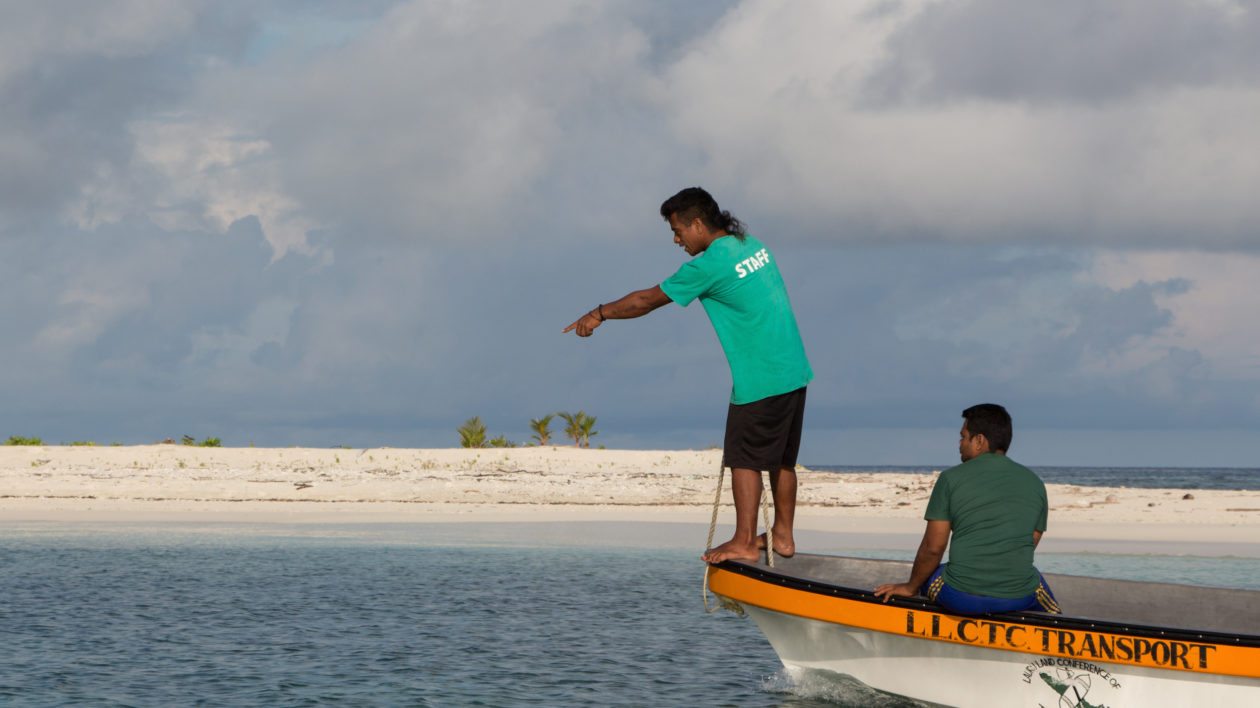
5:30 a.m. The camp stirs. The conservation officers are already cracking jokes as we roll out of our sandy pallet beds and stagger onto the porch. Pouring scalding-hot water from the thermos for tea, we await news of last night’s turtle patrols.
Twenty minutes later we hear the roar of the outboard motor, run down the beach (mugs in hand) and watch as the conservation officers haul another hawksbill out of the bottom of the boat. She’s somewhere around 100 kilograms — definitely a five-man turtle — and as they put her down gently in the pen she sprays sand in everyone’s face and gives Rick a painful smack with her front flipper. Good turtle.
8:03 a.m. It’s time for the rodeo. We’re speeding along the edge of Malevona Island in search of juvenile green turtles to tag as part of another long-term tagging project. Linald is manning the motor as rangers Andre and Leslie perch in the bow, pointing from left to right as the turtle we’re chasing bobs and weaves across the shallow reef.
Suddenly Leslie is airborne, diving high and crashing down into the water, hands outstretched. A few seconds later he surfaces, thrashing turtle in hand. Siroko hauls it into the boat, one hand to each flipper, and we’re off again.
Mick gives it a go and lands a turtle on his second jump. Beaming with pride, he hops back into the boat only to realize that his turtle is missing a hind flipper.
10:07 a.m. We now have a backlog of turtles to tag. First up are the little greens — all three are laying upside down on the sand, looking completely pathetic. CJ and Maggie takes measurements and punch in two flipper tags while Francis records the data.
Next up is our big mamma hawksbill. We have the routine down by now: conservation rangers hold the turtle steady, Miles activates the adhesive putty, and Rick and Mick work the fiberglass matting and paint on the epoxy.
While the tagging crew (and turtle) patiently tolerate yet another photo shoot from photographer Tim Calver and myself, Simon and Brian reinforce the sides of the turtle pen with additional cinderblocks. The epoxy attaching the tag takes 6 hours to dry, and daily rammings by irate, instinct-driven turtles are taking their toll.





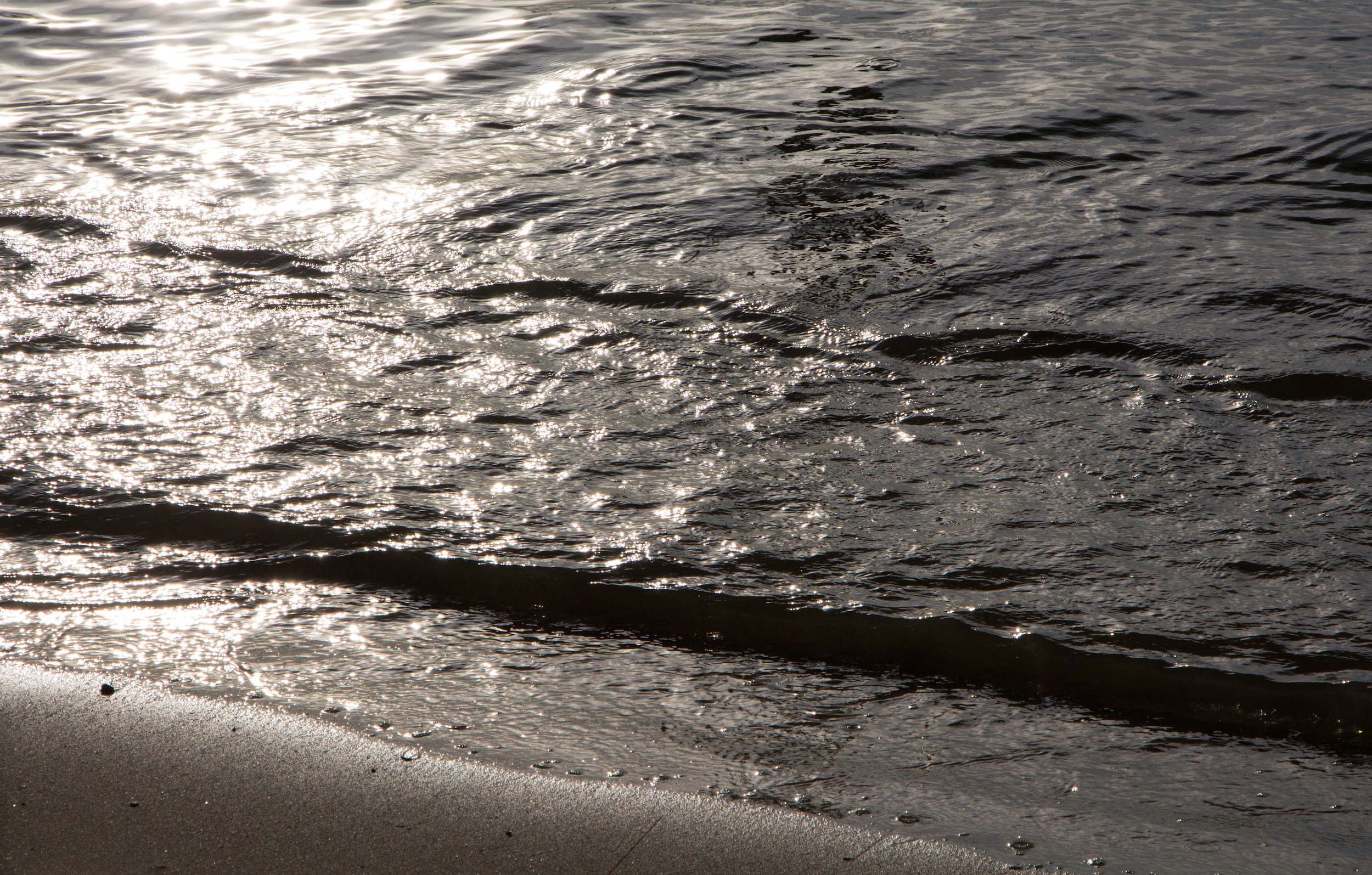
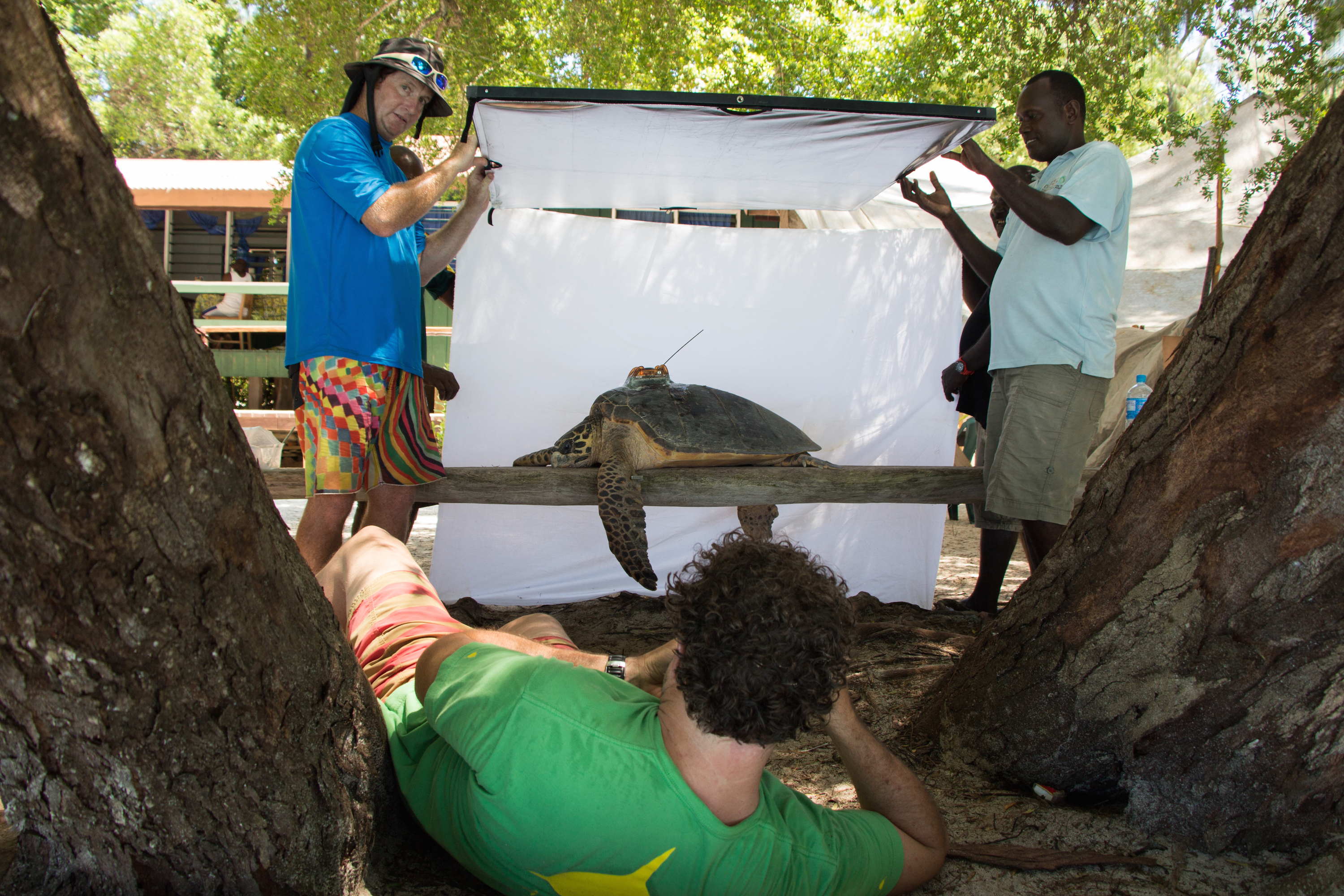
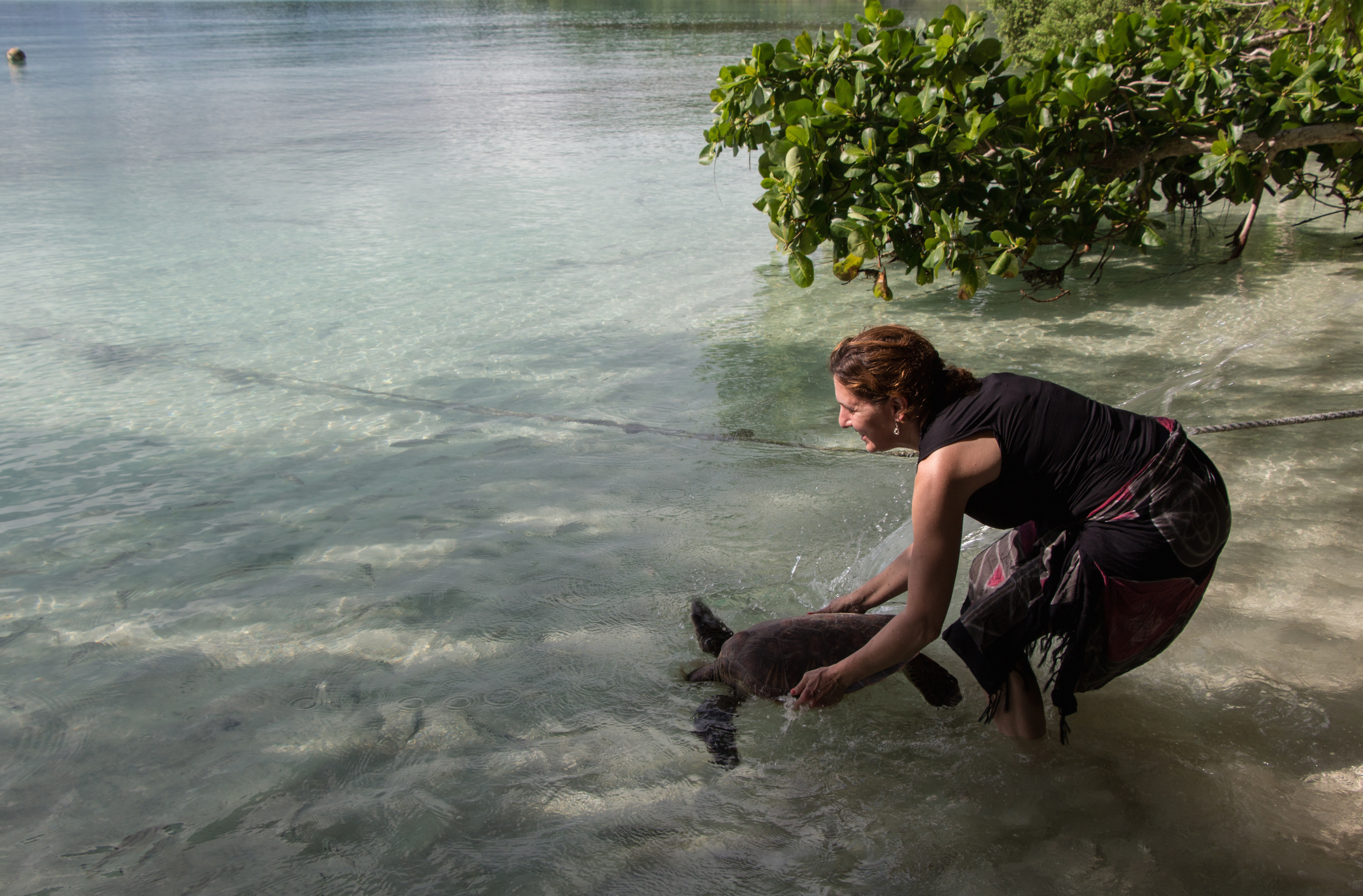
11:10 a.m. Miles places another call back to Brisbane on the satellite phone, trying valiantly to fix the once-functional internet router. The rest of us — secretly delighted with the lack of access to our work email — pray he’s unsuccessful.
Meanwhile, Mick is hard at work on the nautilus trap; filling and welding iron rebar, securing the chicken-wire walls with zipties, and wiring old dive weights to the bottom corners. Nearby Rick is weaving a basket around our bait — the putrid, rotting head and guts of the fish we ate for dinner last night.
12:00 p.m. It’s lunch time. Rick whips up a megapode-egg omelette (a local species of bird) while Jenny reheats tinned spaghetti and opens a can of peaches. We all avoid the sink, where a massive, 1-kilogram painted crayfish is smashing about, antennae twitching. (Apparently Mikey, an expert spearfisherman, grabbed him while on an afternoon scuba.)
12:55 p.m. We can tell the nautilus bait is ready because the entire camp reeks of rancid fish. Despite a storm on the horizon we load up the boats for the 2-hour trip to the northern fringing reefs.
“You know, that’s the wrong place to put the trap,” says Mikey, grinning mischievously as Mick and I stare helplessly as they load the trap into the bow of the boat — directly upwind. Flies buzz around the swollen eyeball and the jiggling liver protrudes ominously from between the chickenwire. Completely impervious to the stench and swell, Rick naps on the bench behind us as we speed over glittering reefs and the wreckage of World War II fighter planes.
4:35 p.m. The deployment goes off without a hitch, despite increasing swell necessitating that most of us keep a steady eye on the horizon. The ride home registers a 5 on the 0-to-Rough-As-Guts scale, each bounce delivering a face full of saltwater and forcing us to cram the four largest men in the bow to keep the weight down. It’s legendary fun.
Back at Kerihikapa, the hawksbill we tagged that morning is ready to go — the epoxy attaching the tracker to her shell takes about 6 hours to dry — and our trackers are in for a serious durability test.
Desperate to get away from her captors, she hits the water and heads straight for the cover of the nearest boat. Unfortunately, she doesn’t realize that she needs an extra 3 inches of clearance for the shiny — and expensive — new satellite tracker affixed to her shell.
WHAM.
Everyone cringes as the tracker smashes into the hull, the turtle still swimming at full-throttle. Maybe next time we should move the boats.


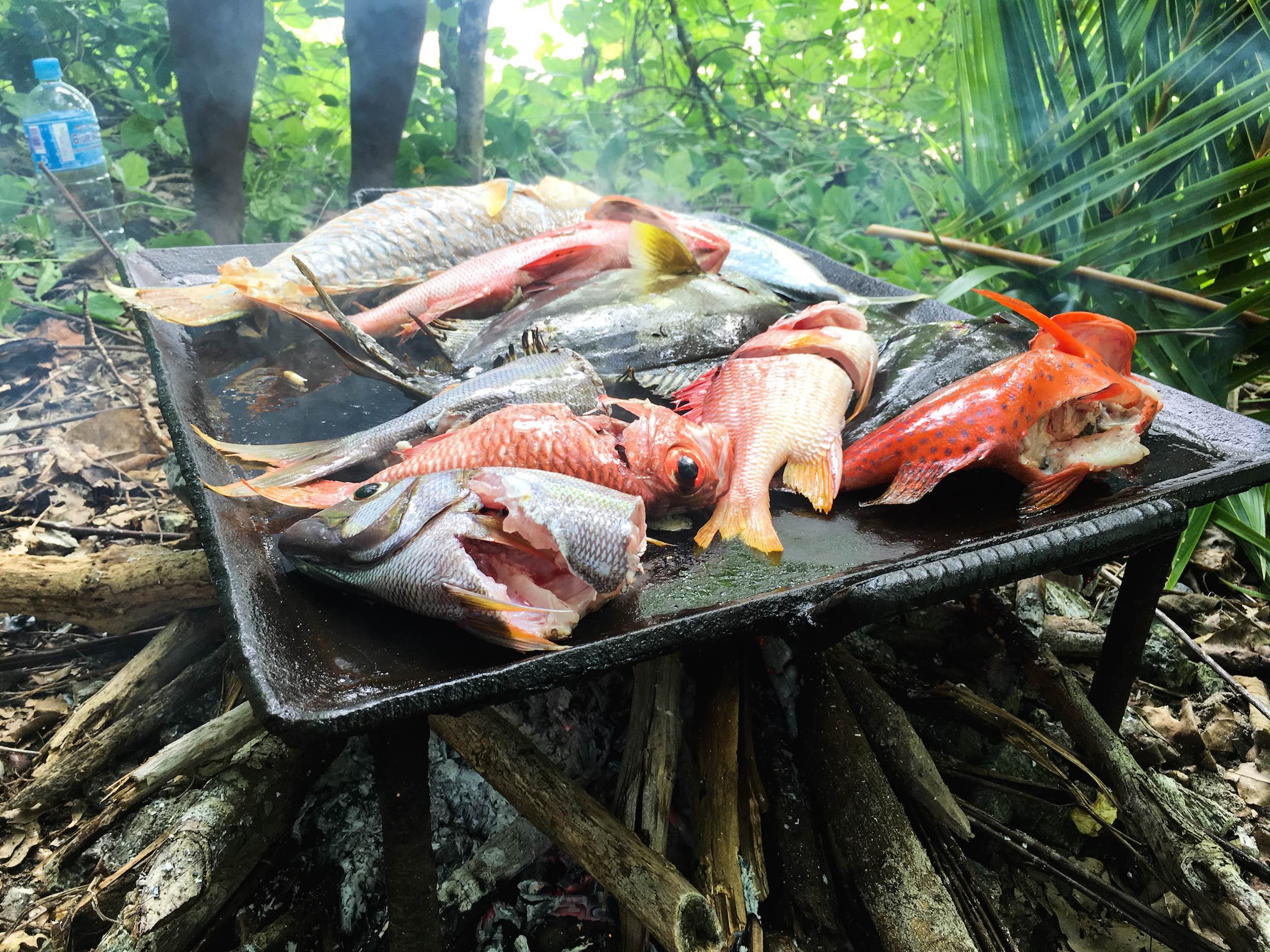





5:17 p.m. It’s time to catch dinner. Mick, Jenny, Jimmy and I climb back into the boat with our monoline and lures — purple for Mick and orange for me.
Nearly 60 minutes later we have zero fish and are preparing ourselves for a dinner of tinned spaghetti. I’m getting a good lesson in coping with the situation like a true fisherman: blame the weather, the lure, or just about anything else.
And then our luck changes … I’m on first, the fish hitting so hard that the line rips through Mick’s leather gloves (and my palm) and nearly goes over. I get my line under control, reel in for three seconds, and then complete chaos breaks out. Again. Mick hits and our lines cross, forcing Jenny to duck into the bottom of the boat to avoid decapitation as Jimmy kills the motor and patiently deals with my incompetence.
I manage to double-handed haul my dogtooth tuna into the boat before it jerks itself free of the hook, spraying blood everywhere and ripping a hook clean off the lure. I feel a bit better about nearly going overboard.
9:07 p.m. We’re all stuffed from a dinner of grilled fish, onions, and rice, topped liberally with soy or curry powder. Mikey’s beloved country music blares over the radio as we watch the swollen green geckos stalk cockroaches by the glow of our single lightbulb. We have an hour or so before the first beach patrol, just enough time to squeeze in a game of darts and cards.
10:14 p.m. The conservation officers head out for the first of their patrols, walking the beach in shifts to look for nesting turtles until 4:00 a.m. in the morning. We all vow to wake up for the midnight round. None of us make it.
5:41 a.m. Mick wakes up, checks to see if there’s a turtle in the pen, and then collapses into a hammock for a snooze. The camp is quiet, everyone else is still asleep after the long night.
5:55 a.m. Just then we hear the hum of a motor in the distance; the boys from Sikopo are back with the morning update.
Another day, another tag, another turtle.




Join the Discussion